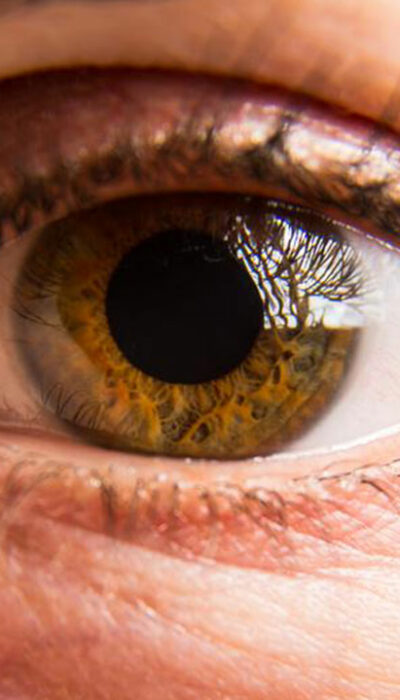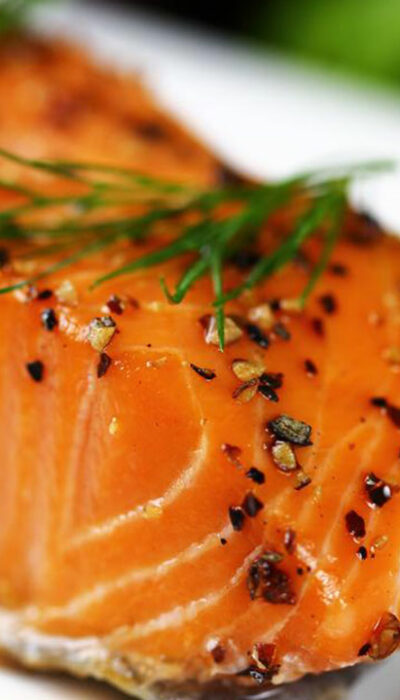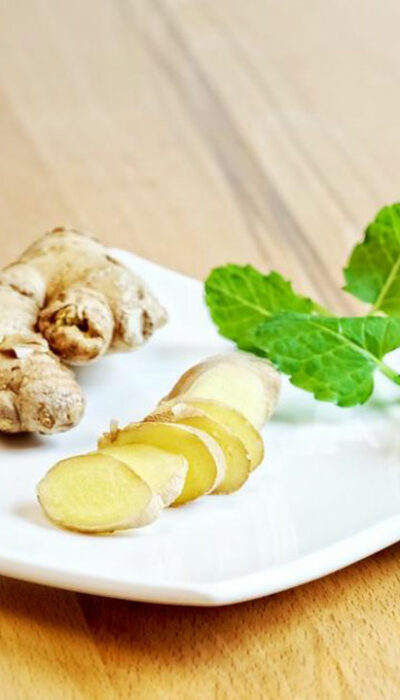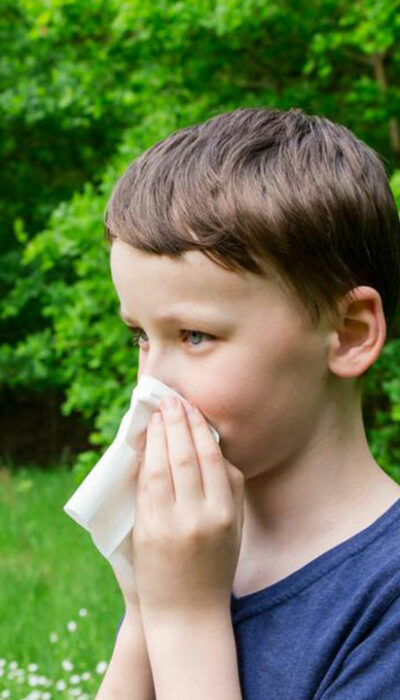
Best Hair Regrowth Products and Their Application
Everyone wants thick and lustrous hair, and this holds true for men and women alike. However, not everyone has the good fortune of having the desired kind of hair naturally. If you are not so lucky to have a thick and bouncy hair, or you are amongst those who are worried about excess hair fall, don’t lose heart. Nowadays, you can find different products for hair regrowth. All you need to do is to select the best hair regrowth products for yourself and apply it according to the directions. While selecting the best hair regrowth product can certainly ensure desired hair growth, you should not expect to get any overnight results. Dedicate some time to feel the difference. Availability of a wide range of hair growth products in the market leaves you confused at times. That is why a few tips for selecting the best hair regrowth products are listed below: Hair oil – Like every other part of the human body, hairs need proper nourishment to maintain its length and volume as well. When it comes to a healthy hair growth, there is certainly no alternative for hair oil. You need to apply oil to your scalp regularly for holding the hair roots firmly. Also, you need to apply oil to the entire length of your hair. It is always better to go for natural oils like coconut oil or olive oil. Castor oil can also be helpful, but that is not for everyday use. Whatever be the type of oil you select, it should not be any synthetic oil or artificial oil with perfumes, as these do not offer many benefits. Hot oil treatment- An oil massage or applying oil to scalp every day is not enough for ensuring hair regrowth. You need to massage hot oil into your scalp once in every ten to fifteen days, depending on the condition of your hair.








